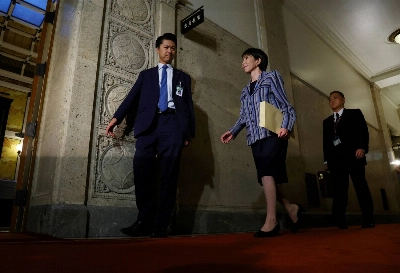The 1941 field service code, with Imperial sanction, decreed that surrender was impermissible. Soldiers knew that that if they were captured, they faced death upon returning home. Banzai charges and kamikaze attacks were the hallmark of the Imperial armed forces, tactics reflecting the force of seishin (spiritual power) in the military. Glorious death was preferable to ignominious surrender.
Ulrich Strauss recounts the relatively unknown story of the Japanese who did become prisoners of war. By the end of WWII there were some 39,000 Japanese POWs spread around the Pacific, compared to nearly 1 million Germans and half a million Italian POWs in U.S. POW camps. This does not include the 1.2 million Japanese troops who surrendered to the Chinese nationalist forces at war's end nor the 600,000 who surrendered to the Soviet Union.
The former were treated rather well, while those taken prisoner by the Soviets remained in Siberian camps in grim conditions where some 60,000 perished over the years they remained in captivity after 1945.


















With your current subscription plan you can comment on stories. However, before writing your first comment, please create a display name in the Profile section of your subscriber account page.